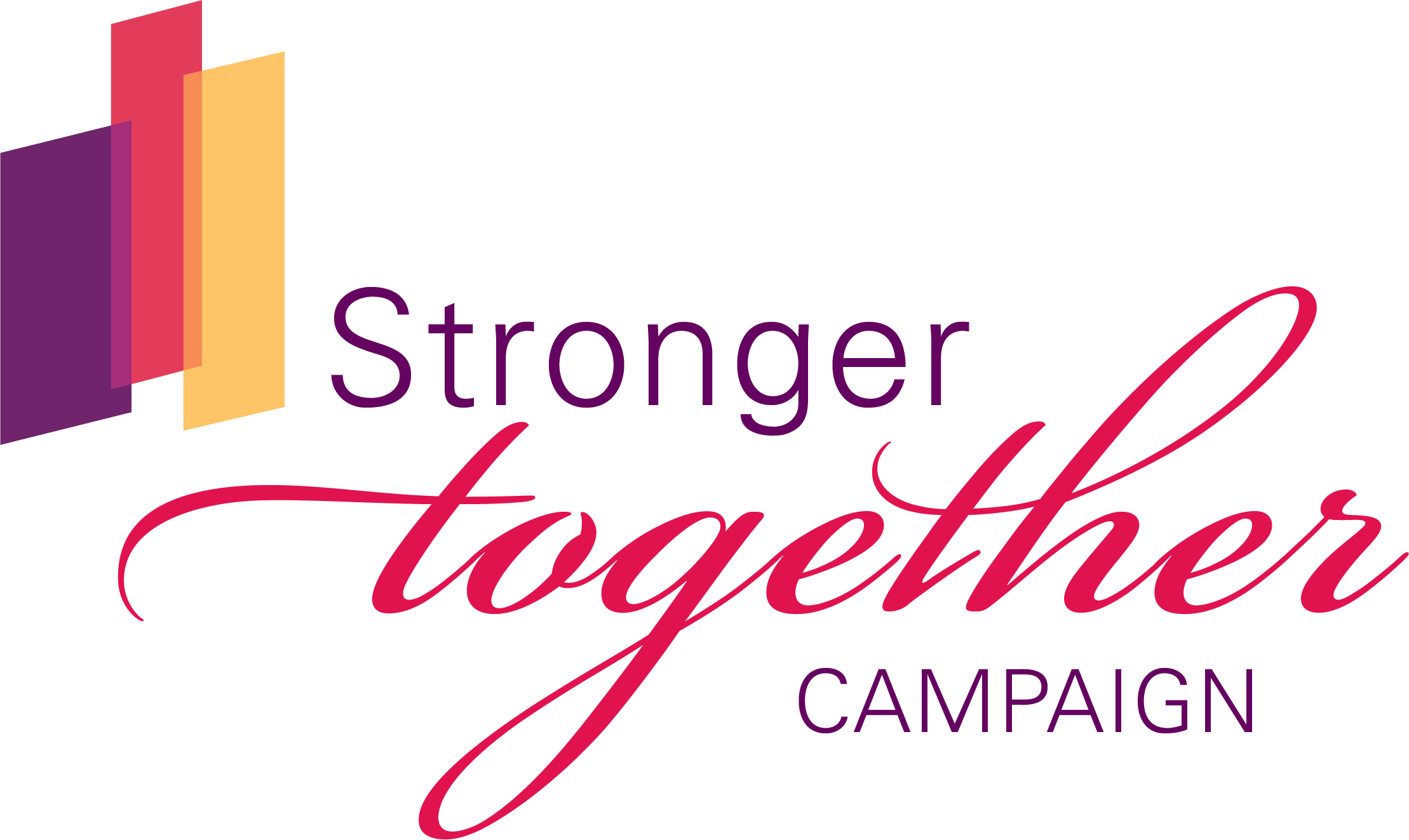Esophageal Strictures
WHAT ARE ESOPHAGEAL STRICTURES?
The esophagus is a muscular tube that joins the mouth to the stomach. When the esophagus narrows or tightens, this is referred to as an esophageal stricture.
A benign esophageal stricture is noncancerous.
Loma Linda University Health treats more people with esophageal conditions than any other center in the region. Our board-certified gastrointestinal specialists provide advanced care for all esophageal conditions, including strictures of the esophagus.
WHAT ARE THE SYMPTOMS OF ESOPHAGEAL STRICTURES?
Symptoms of esophageal strictures include:
- Difficult or painful swallowing
- Food feeling stuck in the throat
- Food coming back up the throat from the stomach
- Frequent hiccupping or burping
- Coughing or choking
- Heartburn
- Unintentional weight loss and malnutrition
- Drooling
- Dehydration
WHAT CAUSES ESOPHAGEAL STRICTURES?
Most esophageal strictures occur because of having long term acid reflux disease. Because of the acid reflux coming up into the esophagus, the esophagus walls may change and become thickened. The esophagus becomes narrowed from inflammation, ulcers, and scarring.
Some causes of an esophageal stricture can include:
- An allergic reaction
- Gastroesophageal reflux disease (GERD)
- Injury from an endoscopy
- Frequent use of a feeding tube passed through the nose and esophagus (called a nasogastric tube) into the stomach
- Drinking extremely hot or cold liquids
- Swallowing toxic substances, such as household cleaners
- Some immune disorders, like esophagitis
- Some autoimmune disorders, like scleroderma
HOW ARE ESOPHAGEAL STRICTURES DIAGNOSED?
Getting a diagnosis begins with a physical examination and health history discussion. When a doctor suspects esophageal stricture, the followings tests may be ordered:
Gastrointestinal (GI) endoscopy – An upper gastrointestinal (GI) endoscopy is done with a thin, flexible tube with a small light and camera at the end. This instrument is inserted through the patient’s mouth and down into the stomach to check your esophagus and stomach. It is also possible to use an endoscope to take a skin sample for examination under a microscope.
Barium swallow X-ray – The patient swallows a substance called barium before having an X-ray of their chest. The barium coats the inside of the upper GI and reveals any narrowing of the esophagus.
CT scan – A CT scan uses X-ray and computer technology to provide a detailed image of the esophagus.
At Loma Linda University Health, our board-certified gastrointestinal specialists work with the most advanced state-of-the-art equipment. Because we offer advanced technologies found only in major metropolitan academic medical centers, we diagnose and treat more people with esophageal conditions than any other center in the region.
HOW ARE ESOPHAGEAL STRICTURES TREATED?
Treatments for esophageal strictures vary depending on the type or cause.
Medication
Gastroesophageal reflux disease (GERD) - Most cases of esophageal stricture is due to GERD. If this is the case, a set of medications called proton pump inhibitors (PPIs) may be prescribed to reduce stomach acid. This may help treat GERD and prevent the narrowing of the esophagus in the future.
Esophageal infection - If the cause of the stricture is an infection of the esophagus, antibiotics may be prescribed.
Esophagitis - Standard treatment for cases resulting from esophagitis is to prescribe corticosteroids.
Procedures
Esophageal dilation or stretching – In this procedure, a doctor will insert an endoscope into the narrowed portion of the patient’s esophagus. The endoscope will have a dilator attached. This dilator will be inflated to stretch open the narrowed portion of the esophagus. If the esophageal stricture is severe, this procedure may need to be repeated.
Stent - A stent is a tube that is inserted into the narrowed esophagus to keep it open.
Surgery - If the esophageal stricture is severe and other treatments are unsuccessful, the patient may need surgery.
WHAT ARE THE COMPLICATIONS OF ESOPHAGEAL STRICTURES?
If esophageal strictures go untreated, the patient will most likely continue to experience the unpleasant symptoms of esophageal strictures, such as heartburn, difficulty or pain when swallowing, coughing and choking, malnutrition and other symptoms.
A possible complication of performing an esophageal dilation is the risk of creating a small hole (perforation) in the esophagus. This risk is higher in malignant cases than it is in benign cases.
WHO IS AT RISK FOR ESOPHAGEAL STRICTURES?
Those suffering from GERD may be at higher risk for esophageal strictures than those without.
In addition, studies seem to indicate that of those who have an esophageal dilation performed, about 30% will require another dilation within one year.
NEXT STEPS
Be proactive. If you are experiencing the symptoms of esophageal dysmotility, seek medical attention. There are a variety of treatments that can address the condition; to learn which one may be right for you, request an evaluation at Loma Linda University Health. Contact your provider or schedule the appointment through MyChart.

